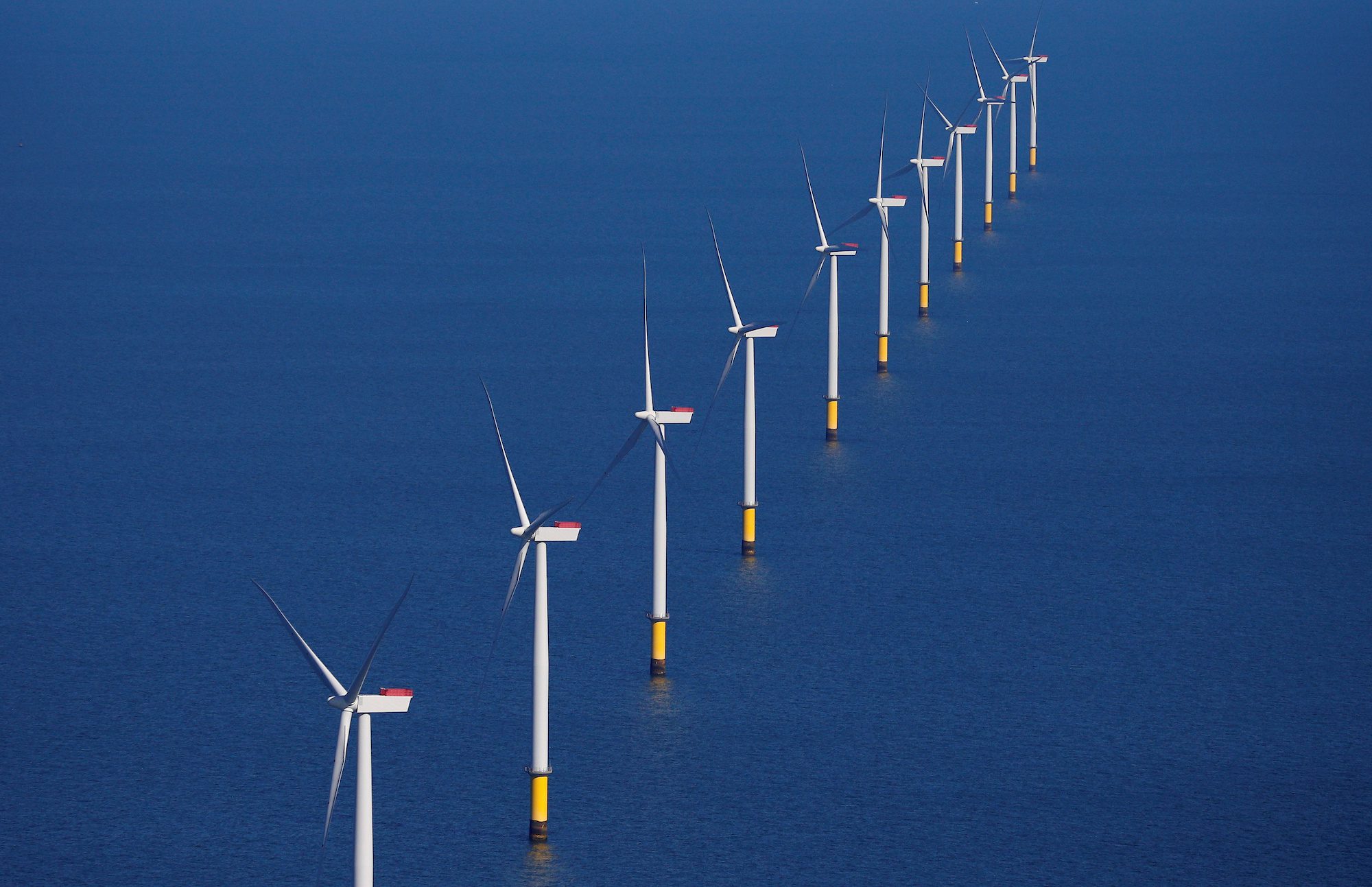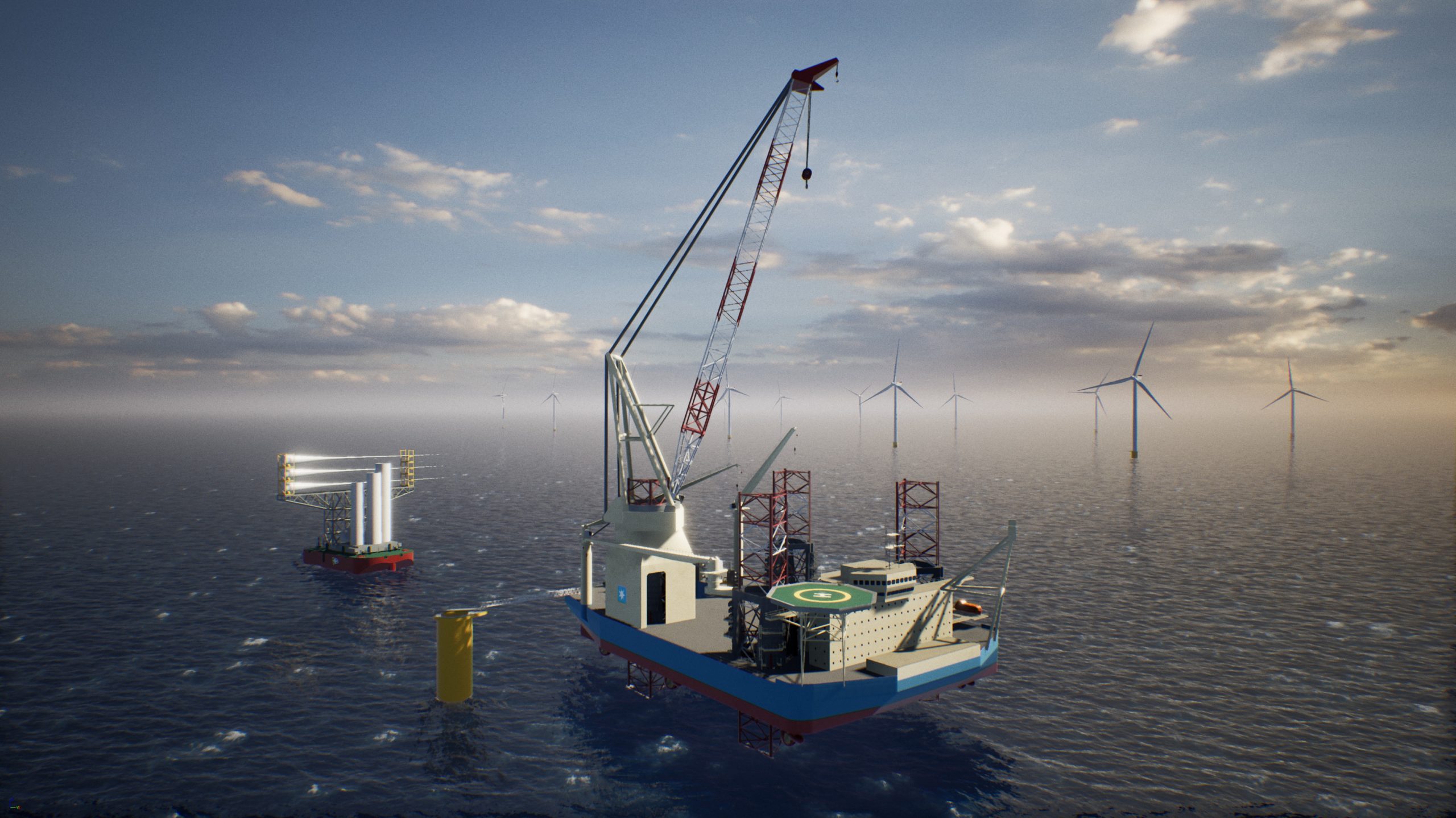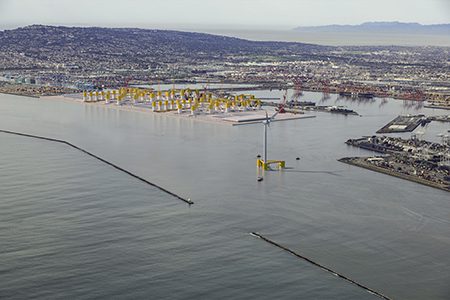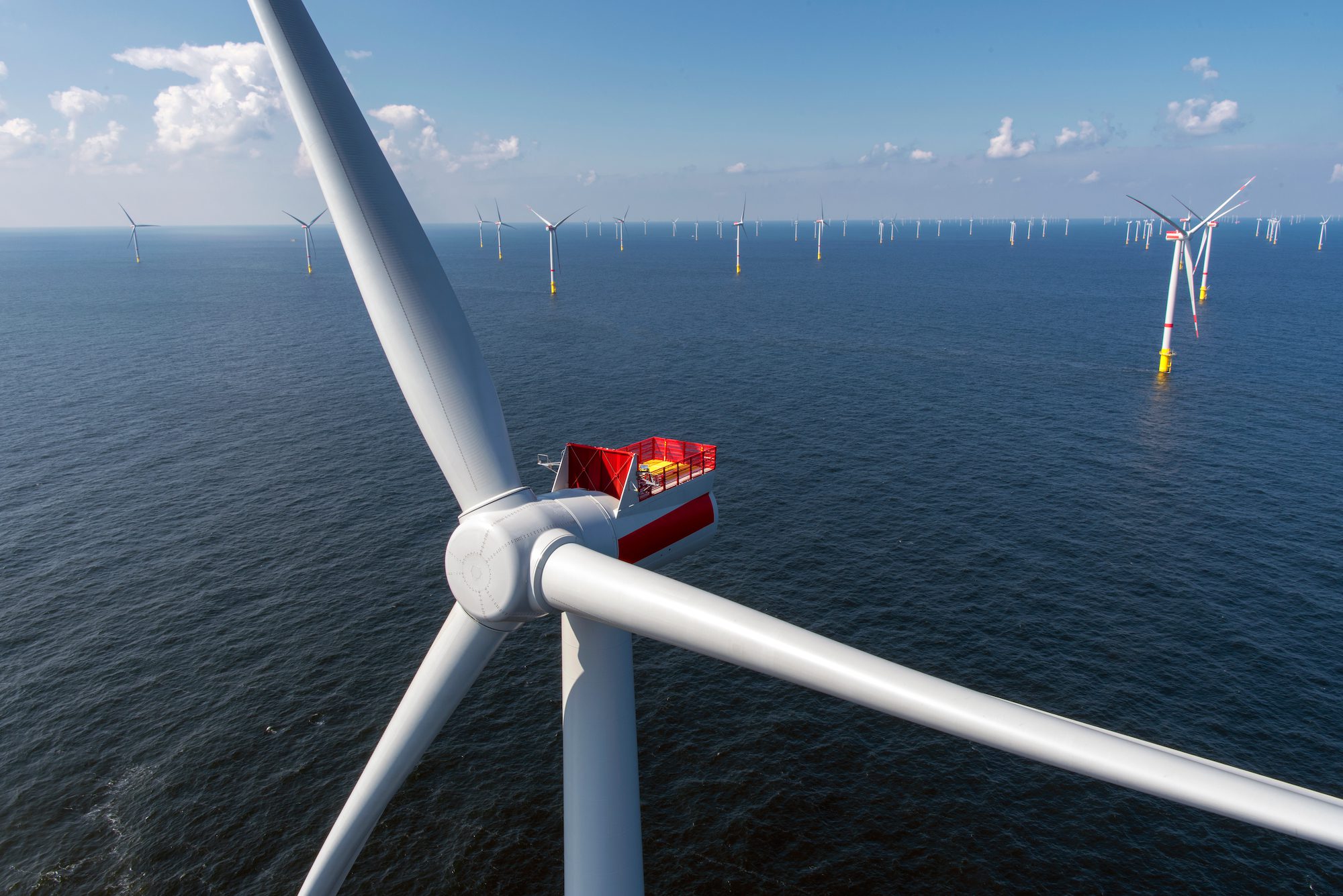Offshore wind developer Ørsted and North America’s Building and Trade Unions (NABTU) have agreed to a “historic” national project labor agreement (PLA) for offshore wind projects along the Atlantic Coast.
The PLA is described as a first-of-its-kind in the United States, ensuring Ørsted’s offshore wind farms in the United States will be constructed with an American union workforce.
Authorized by 15 International Union Presidents and their local affiliates, the National Offshore Wind Agreement (NOWA) covers all of Ørsted’s contractors and subcontractors that will perform offshore windfarm construction for the company’s offshore wind projects along the U.S. East Coast, from Maine to Florida.
“This historic milestone is a celebration for workers, clean energy and economic opportunity,” said David Hardy, CEO of Ørsted Offshore North America. “The National Offshore Wind Agreement we signed with NABTU sets the industry standard from the beginning. We’re going to build an American offshore wind energy industry with American workers, family-sustaining wages, and robust and equitable training programs to achieve this critical vision.”
The Biden Administration has touted the nascent domestic offshore wind industry as being a catalyst for the creation of good-paying union jobs.
“NABTU’s highly trained men and women professionals have the best craft skills in the world. This partnership will not only expand tens of thousands of career opportunities for them to flourish in the energy transition but also lift up even more people into the middle-class,” said Sean McGarvey, President of NABTU. “The constant drumbeat of public support for unions being important to maintain and build the middle class helped secure this momentous achievement. We commend Ørsted, AFL-CIO President Shuler, the Biden Administration and many Congressional leaders for their help and support to make today’s signing a reality and for setting forth a new framework for middle-class job creation in all energy sectors.”
The American Wind Energy Association (AWEA) estimates that achieving the Biden Aministration’s goal of deploying 30 gigawatts (GW) of offshore wind power by 2030 will create more than 80,000 new jobs.
The NOWA training and employment provisions are designed to increase union construction workforce capabilities in order to build complex offshore wind energy infrastructure and propel new commercial-scale domestic energy production. The NOWA also establishes project-by-project Workforce Equity Committees to prioritize recruiting and retaining people of color, women, gender-nonconforming people and local environmental justice communities.
“This is what it looks like to put the words ‘high-road labor standards’ into action,” said AFL-CIO President Liz Shuler. “The partnership between Ørsted and NABTU is monumental, for the thousands of workers who will have great jobs, and for the example it sets for the U.S. offshore wind industry.”
Portfolio-wide, Ørsted has so far committed $23 million to enhance or establish new programming that will prepare American workers for jobs in offshore wind.
Ørsted operates the United States’ first offshore wind farm, Block Island Wind Farm in Rhode Island, and has the largest U.S. offshore wind energy portfolio. Ørsted, through joint ventures, has six offshore wind projects in pipeline totaling 5,000 megawatts, enough to power more than 2 million homes. In New England, the company and its joint venture partner, Eversource, are building Revolution Wind (704 MW), Sunrise Wind (924 MW) and South Fork Wind (132 MW). Ørsted’s New Jersey projects include Ocean Wind 1 (1,100 MW), in partnership with PSEG, and Ocean Wind 2 (1,148 MW). In Maryland, Ørsted is developing Skipjack Wind (966 MW).
“The project labor agreement signed today is proof that labor and employers working together can create an equitable clean energy transition with opportunity for everyone,” added Schuler. “When we make good on our values – workers’ rights, gender and racial justice, economic equality, and safe and healthy workplaces – then we all win. This PLA meets that test and sets the bar high for working people and the planet. Clean energy jobs can and will be good-paying, family-sustaining union jobs.”
“The offshore wind industry in the United States has the potential to become a model for how to build the clean energy economy the right way,” said Jason Walsh, Executive Director of the BlueGreen Alliance, a lobbyist group promoting the benefits of environmental projects for union labor. “By signing such agreements with unions, other offshore wind developers can follow Ørsted’s lead and ensure that their workforce is the best of the best while also supporting high-quality job growth in local communities. In addition, to maximize the economic benefits of the growing U.S. offshore wind industry, we have to look beyond construction and grow strong domestic supply chains for the products and materials needed for these projects.”
“It should be emphasized that the U.S. Congress has an opportunity to ensure the replication of win-win partnerships like this one across all clean energy sectors in all parts of the country by passing robust budget reconciliation legislation with clean energy tax credits and strong labor standards,” Walsh added.

 Join The Club
Join The Club











